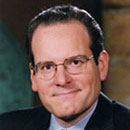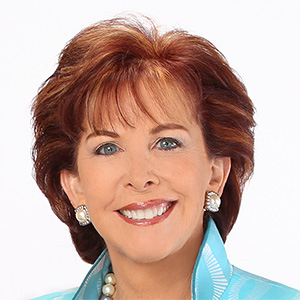US jobs report points to gradual moderation in labor market
Published in Business News
U.S. job growth moderated in May and the prior months were revised lower, indicating employers are cautious about growth prospects as they weigh the Trump administration’s economic policy.
Nonfarm payrolls increased 139,000 last month after a combined 95,000 in downward revisions to the prior two months, according to Bureau of Labor Statistics data out Friday. The unemployment rate held at 4.2%, while wage growth accelerated.
The payrolls figure, which was slightly better than expectations, helps alleviate concerns of a rapid deterioration in labor demand as companies contend with higher costs related to tariffs and prospects of slower economic activity. President Donald Trump’s decision to pause some of the more punitive import duties, including those on China, has helped lift sentiment among businesses as well as consumers.
“Employers have been ‘hoarding labor’ in the face of massive corrosive uncertainty,” Carl Weinberg, chief economist at High Frequency Economics, said in a note. “It costs money to fire workers, and we believe firms have been reluctant to lay off workers until they saw the extent of the Trump tariffs.”
Treasury yields rose, the S&P 500 opened higher and the dollar appreciated as traders trimmed bets the Federal Reserve will lower interest rates this year.
The labor market report wraps up a week of disappointing economic data that included a further increase in applications for jobless benefits and weaker services activity.
The advance in payrolls reflected strength at service providers, including health care and social assistance as well as leisure and hospitality.
At the same time, industries that are more exposed to tariffs flashed warning signs. Manufacturing payrolls dropped 8,000 last month, the most this year, while employment growth in transportation and warehousing rose slightly after declining in each of the prior two months. Employment at temporary-help agencies fell by the most since October.
The household survey, meanwhile, showed a 254,000 increase in the number of people who went from employed to out of work during the month. That was the biggest rise since the start of 2022.
Another major question for economists and policymakers is the extent to which Trump’s efforts to cut back on government spending will take a toll on employment. The federal government shed 22,000 jobs in May, the most since 2020.
Economists contend that at least half a million U.S. jobs could be on the line as federal spending cuts spread to contractors, universities and others who rely on public funding.
“Cracks in the façade of labor market resilience are now starting to show and the longer the tariff uncertainty and government spending cuts continue the worse the labor market reports are bound to be,” Scott Anderson, chief U.S. economist at BMO Capital Markets, said in a note.
The reports showed the size of the labor force shrank by the most since the end of 2023, helping keep the jobless rate steady even as more people became unemployed.
The participation rate — the share of the population that is working or looking for work — fell to a three-month low of 62.4% in May. The rate for those between the ages of 25 and 54, known as prime-age workers, also declined.
For the Fed, officials have indicated they’re in no rush to cut rates until they get further clarity on the impact the administration’s policies will have on the economy — including the labor market. Research by the New York Fed showed this week that as local companies begin dealing with higher costs from Trump’s trade policy, there were “some signs that the sharp and rapid increase in tariffs affected employment levels and capital investments.”
Other data offer differing views of the labor markets. While companies including Microsoft Corp. and Walt Disney Co. are implementing sizable job cuts, the level of U.S. openings unexpectedly increased in April, and overall layoffs remain low.
Economists are also paying close attention to how labor supply and demand dynamics are impacting wage gains — especially with inflation risks heating up again. The report showed average hourly earnings rose 0.4% from April. From a year earlier, they rose 3.9%.
(With assistance from Chris Middleton.)
©2025 Bloomberg L.P. Visit bloomberg.com. Distributed by Tribune Content Agency, LLC.












Comments